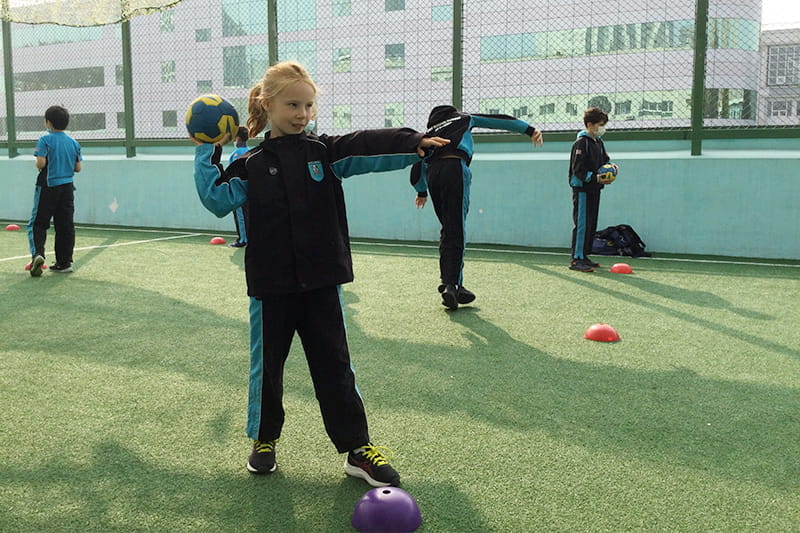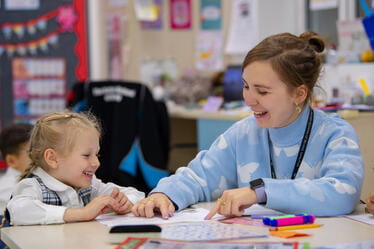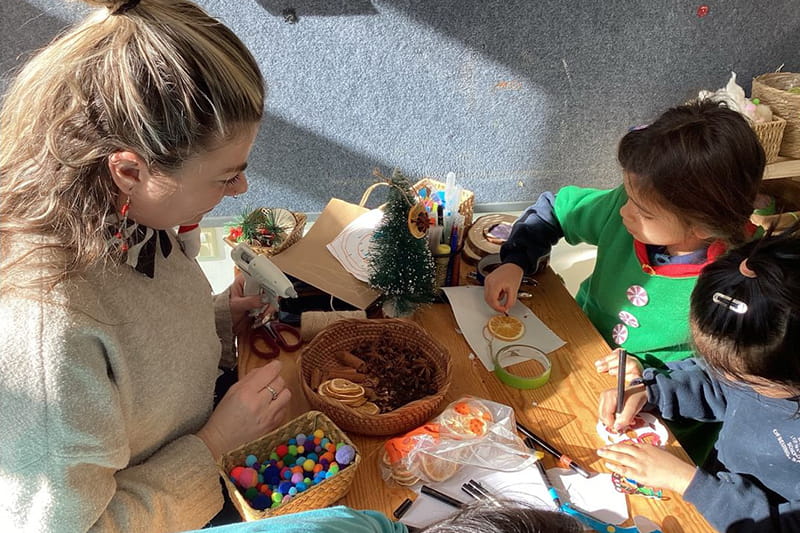This week, we introduced the basic rules of handball and started teaching throwing, catching, and passing.
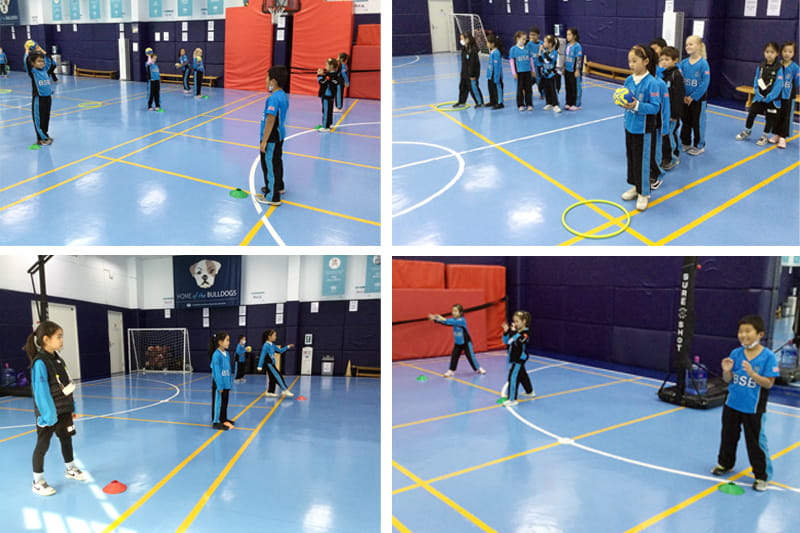
Throwing and catching are often taught together, for example with two students throwing and catching a ball between them. The problem with this is that students must develop two complex skills at the same time, and they are reliant on their partner’s skills to help them make progress in their own.
In the BSB Sanlitun PE Department, we teach throwing and catching separately. This allows students to focus on every detail of either throwing or catching first and complete as many repetitions as possible in a short time. This builds both their confidence and competence before they attempt to throw and catch a single ball with another person.
If you have some time at home with your child, we suggest you try the following drills to help them improve their throwing and catching skills. This will help them with handball and other ball sports such as tee-ball (a variant of baseball).
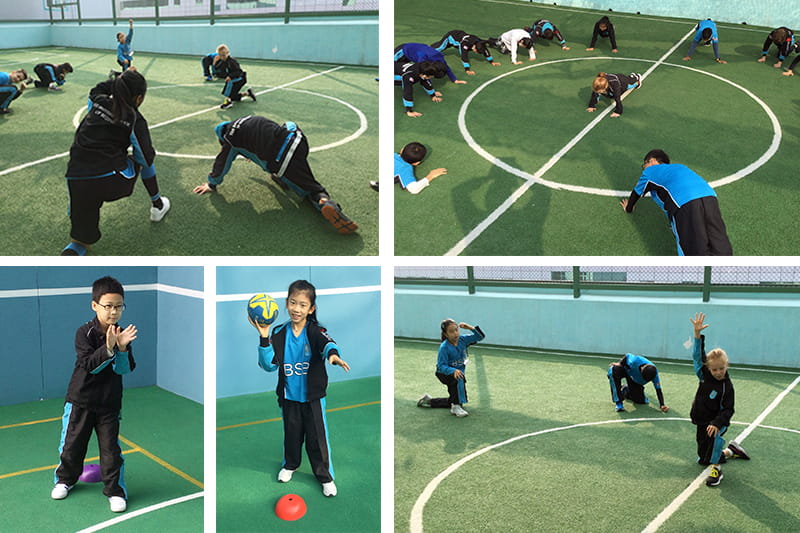
To practise throwing, have your child stand at fixed distance and throw several balls for you to catch. After you catch each ball, place it on the ground next to you – don’t throw it back to your child to catch. When your child has thrown all the balls, swap places so they can pick up the balls from the ground to throw to you.
To practise catching, have your child stand at fixed distance and throw balls to your child to catch. Whether your child catches the ball or not, they place the ball down next to them – they don’t throw it back to you. When you run out of balls to throw, swap places and repeat the exercise.
By drilling these skills in isolation, you will see a greater improvement compared to if you were just throwing and catching a single ball between you and your child. If you don’t have enough balls, you can roll up some pairs of socks into balls – these are great because it means you can play indoors without worrying about breaking something!
Have fun!
By Frank Han
PE Teacher

